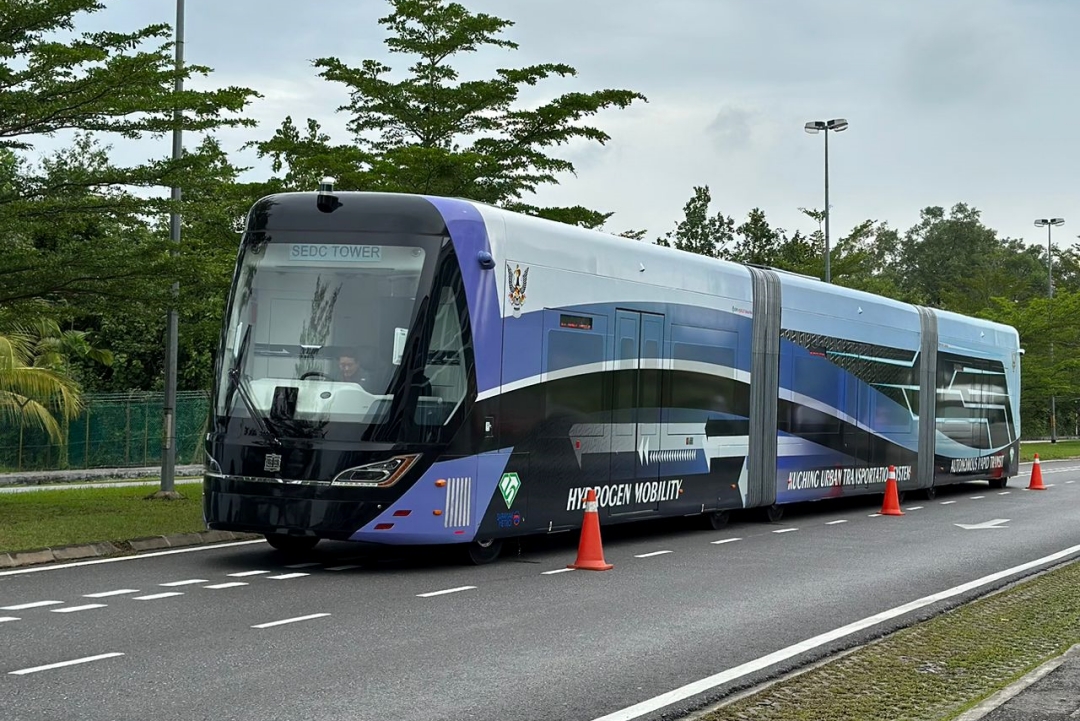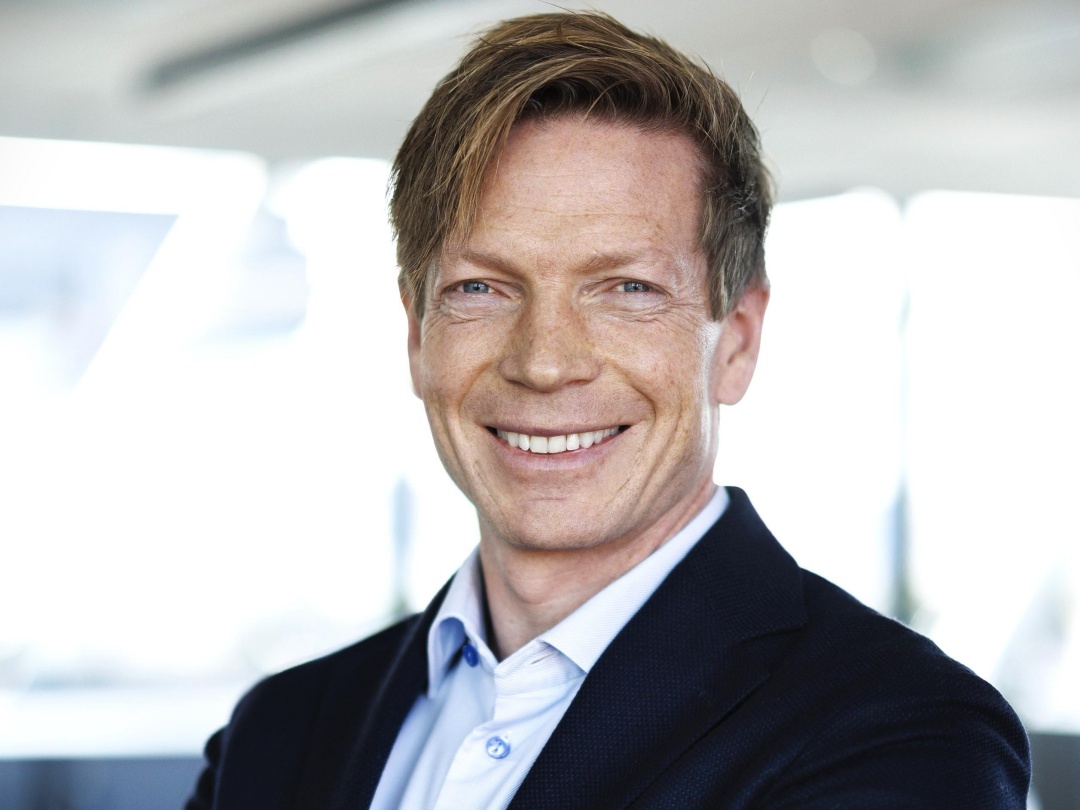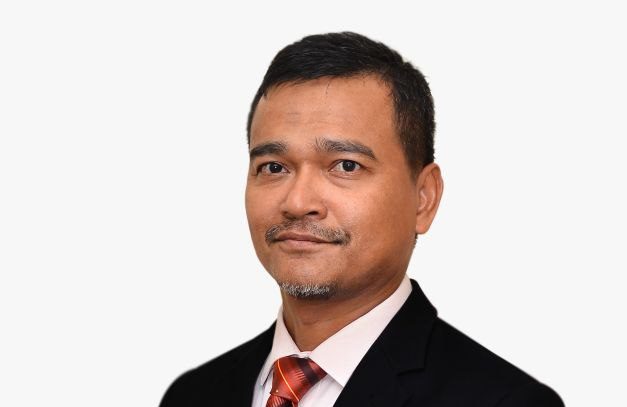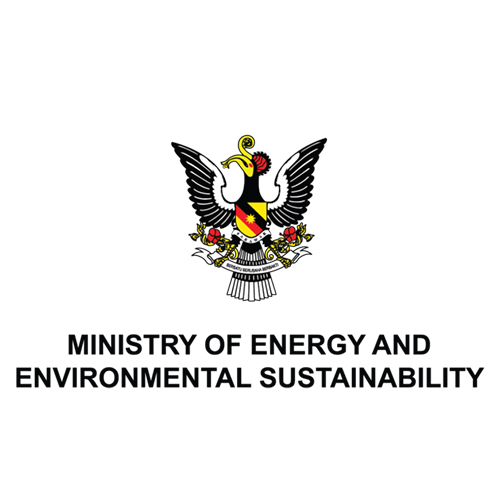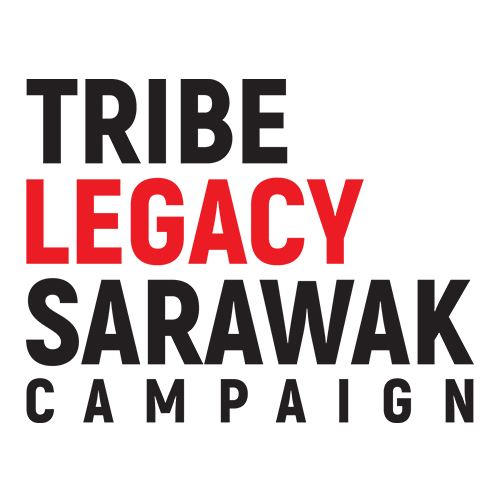KUALA LUMPUR (April 19): Sarawak is reportedly aiming to be a regional centre for clean hydrogen energy after an investment of RM16.3 billion into a network of power-to-transport projects.
Financial news Bloomberg reported that Sarawak’s natural resources of rainforests and rivers give it the means to create hydropower that can generate clean electricity needed for emissions-free hydrogen.
“We have the means to help cool down the world,” Premier Datuk Patinggi Tan Sri Abang Johari Openg was quoted saying.
However, he also was cited conceding that it was a high-risk move.
“It is a risk, but it is a calculated risk… There is no other option, we need alternative energy, and hydrogen, ultimately, is the cleanest,” he reportedly said.
The report highlighted how the state is already leading the way with three fuel-cell buses that are free of charge in the city, powered by hydrogen bays while the state government’s official vehicle includes Toyota’s Mirai, the world’s first mass-produced hydrogen fuel-cell vehicle.
Producing green energy is highly costly and requires a lot of energy, but Sarawak Economic Development Corporation’s subsidiary SEDC Energy’s chief executive officer Robert Hardin said that unfettered hydropower is Sarawak’s advantage.
“Our advantage is of course hydropower… We don’t have that issue of intermittent supply,” Hardin was quoted saying.
Among its other plans to power ahead with its hydrogen blueprint include hydrogen-powered waste collection trucks and medium-sized boats, which are a common form of commuting in more rural areas, said Hardin.
But its biggest undertaking yet is a planned autonomous, hydrogen-fuel tram line costing RM5.59 billion that is slated to start operations as early as next year dubbed the Autonomous Rapid Transit (ART).
South Korea and Japan’s biggest energy companies are partnering with Sarawak’s new state-backed entity, SEDC Energy, to build two hydrogen plants in the port city of Bintulu called H2ornbill and H2biscus.
The Japan-backed plant, H2ornbill, aims to convert hydrogen into methylcyclohexane, a chemical also known as MCH, to be exported to Japan. H2biscus, meanwhile, plans to convert its hydrogen output into ammonia for export to South Korea.
The two projects, slated to start commercial production in 2028 at the earliest, together aim to produce 240,000 tons of hydrogen a year, a little short of the world’s biggest plant in Saudi Arabia’s Neom plan with 291,000 tons a year from 2026.
Malaysian-produced hydrogen is expected to be the cheapest among Southeast Asian countries by 2035, roughly 20 per cent less than in South Korea.
In March this year, Prime Minister Datuk Seri Anwar Ibrahim said Sarawak will be the major renewable energy hub in Southeast Asia, having established a foothold in the country’s green economy.
He said Sarawak is very much ahead in green economy among Asean countries and is currently in the process of supplying green energy to Singapore and Peninsular Malaysia via undersea submarine cable. – Malay Mail
